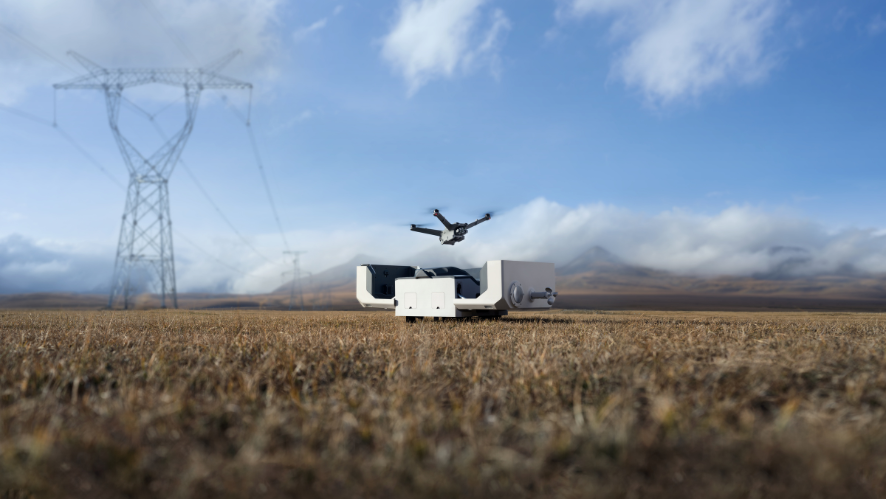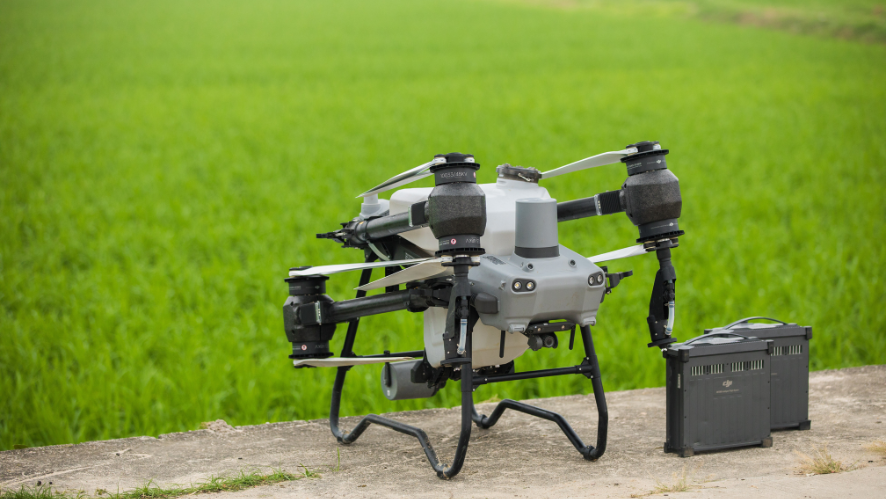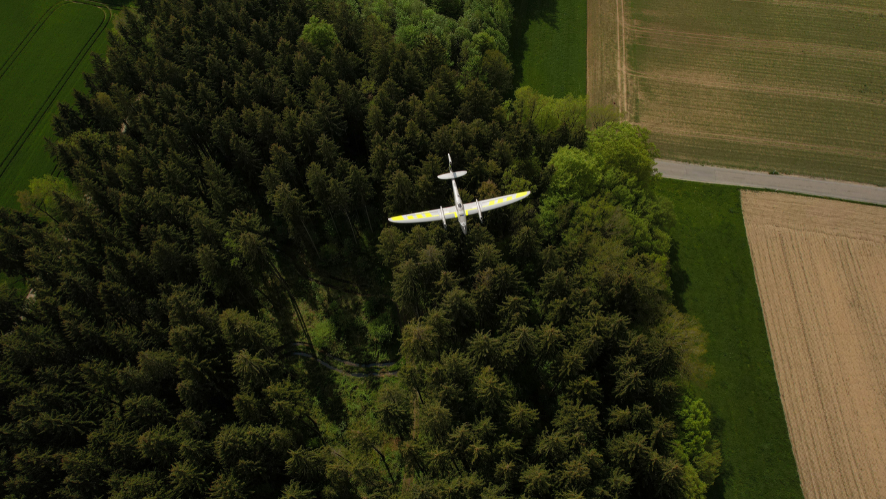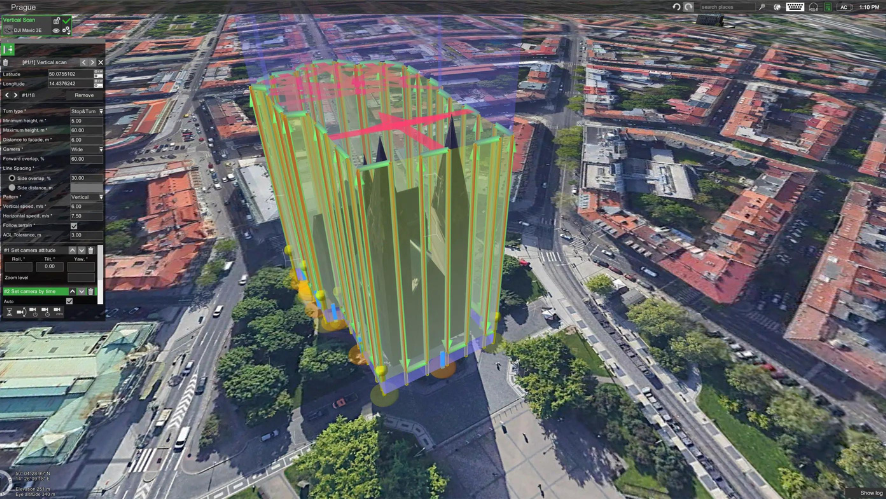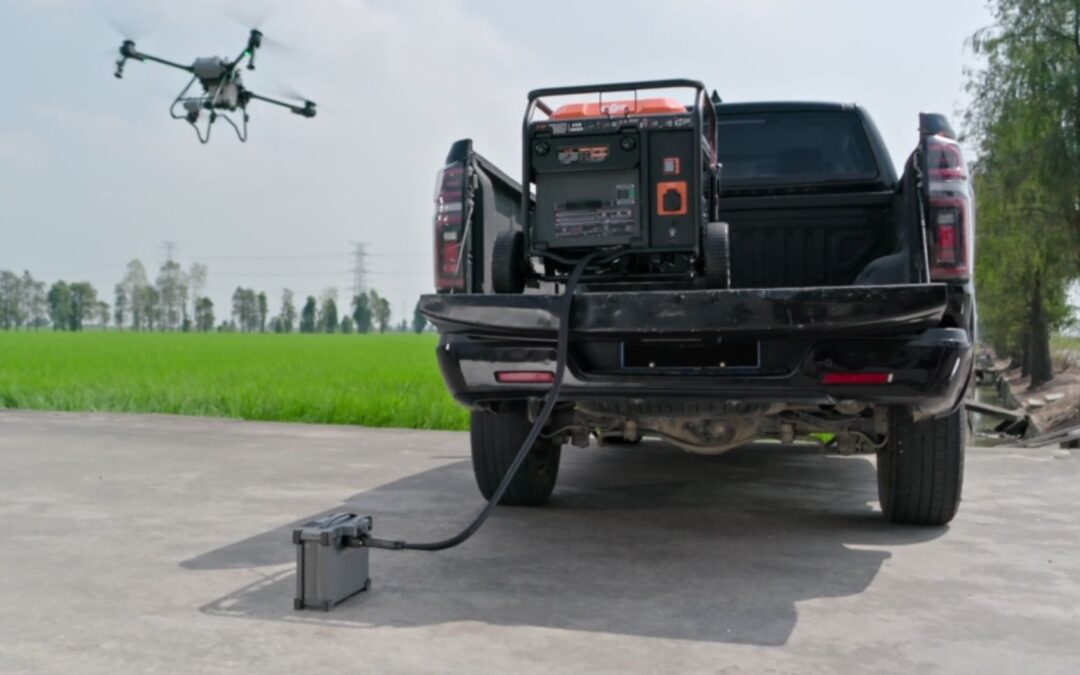For professionals who rely on drones for critical operations such as mapping, inspection, or large-scale imaging, flight autonomy is more than just a technical specification—it is the decisive factor for mission efficiency and continuity. The battery is the heart of the operation, and proper battery management is essential to ensuring productivity, safety, and on-time delivery.
In this article, HPDRONES presents a detailed guide to best maintenance practices and the latest innovations in batteries, allowing you to maximize every minute in the air and protect your investment.
The secret to longevity: best practices for maximizing battery performance
Drone batteries, mostly LiPo (lithium polymer) type, offer high energy density but require specific care to ensure their safety and durability. Proper management not only extends the life of the equipment but also minimizes the risk of operational failures.
1. Temperature control: the critical factor
Temperature is the main enemy of lithium batteries. Both excessive heat and extreme cold accelerate chemical degradation and affect performance.
| Recommended practice | Implementation details |
| Storage | Keep batteries at storage voltage (storage charge), ideally between 50% and 60% of their capacity. Avoid storing them fully charged or discharged for long periods of time. Protect them from extreme temperatures. |
| Loading | Charge in well-ventilated areas and in the shade. After intense flights, always wait for the battery to cool down and reach room temperature before starting to recharge. |
| Cold weather operations | At low temperatures, battery performance decreases. Preheat the batteries (ideally between 77°F and 86°F) before flight to ensure stable and safe performance. |
2. The importance of the charging cycle
Each battery has a limited number of charge and discharge cycles. How these cycles are used directly influences their longevity and the drone’s autonomy.
Avoid deep discharges: never allow the battery charge to fall below 20%. Excessive discharges cause chemical stress, which compromises energy retention capacity and can cause permanent damage.
Use smart chargers: Always opt for the original charger or smart models from reputable manufacturers. These devices are crucial for charging, discharging for storage, and balancing cells safely and accurately.
Innovations: The Future of Autonomous Flight
Drone battery technology is evolving rapidly, driven by demand for greater autonomy, lower weight, and increased operational safety.
- Solid-state batteries: Although still in the development phase for large-scale application in professional drones, this technology promises a significant advance in energy density. In practice, this translates into more energy in the same volume, i.e., the same flight time with smaller and lighter batteries.
- Intelligent Management Systems (BMS): The latest generations of drones incorporate batteries equipped with advanced battery management systems (BMS). These systems monitor cell status in real time, issue automatic alerts in case of anomalies, and activate the self-discharge function at the storage level after periods of inactivity, increasing safety and service life.
Strategies for optimizing flight time
Flight autonomy depends not only on battery capacity, but also on operational efficiency during missions. Smart piloting and planning practices can yield significant gains in time and productivity.
| Optimization strategy | Impact on autonomy |
| Mission planning | Use mapping and flight planning software to predefine routes and waypoints. This eliminates unnecessary maneuvers and ensures precise trajectories, reducing energy waste. |
| Flight speed | Excessive speeds dramatically increase the energy consumption of motors. Maintain a stable and moderate cruising speed to balance energy efficiency with the quality of the data collected. |
| Payload Management | Every extra gram has a direct impact on energy consumption. Before each mission, make sure you only carry the sensors and equipment that are strictly necessary (for example, remove the RGB camera if you only need the thermal sensor). |
| Weather conditions | Strong wind is one of the external factors that consumes the most energy, as it requires more power to stabilize. Always consult the Beaufort scale and avoid operating in winds that exceed the limit recommended by your drone manufacturer. |
Fly with confidence and maximum autonomy
At HPDRONES, trust is the foundation of any professional operation. Investing in high-performance drones requires the same commitment to the care and efficient management of professional drone batteries.
By applying these best practices for temperature and charge cycle management, and by keeping up to date with innovations such as solid-state batteries and intelligent battery management systems (BMS), you can ensure that your equipment will always be ready to perform the most demanding missions, with maximum autonomy, safety, and extended performance.
What is the ideal drone for your next long-range mission? Contact HPDRONES to find the perfect solution for your operational needs.
___________________________________________________________________






